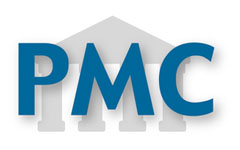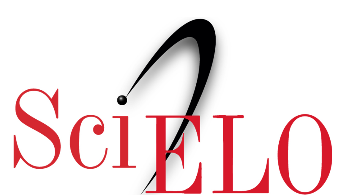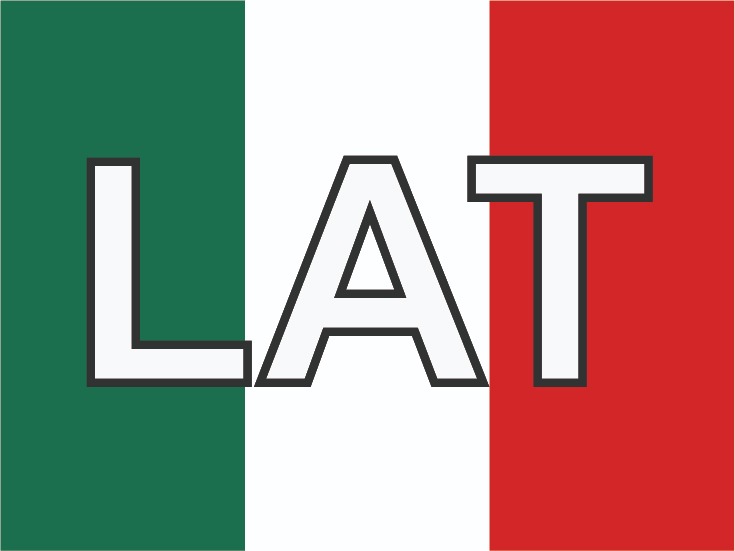Solar radiation (UV-A and temperature) in the inactivation of Vibrio cholerae in water for human consumption. Factors that condition the efficiency of the process
Abstract
Vibrio cholera was inoculated in plastic and glass bottles and plastic bags. The containers were exposed to sunlight during six hours. When temperature raised-up to 30° C, 35° C, 40° C, and 45° C, samples of water were taken. The impact of: a) temperature, b) turbidity, c) container and d) initial concentration of vibrio were determined. The bacteria were inactivated with only temperature, when it raised up to 45º C, whereas, with constant temperature of 30º C it was necessary 100 Wh/m2 of the radiation and at 50º C, only 10 Wh/m2. The turbidity caused interference with SODIS process: total inactivation was achieved with different levels: 105 Wh/m2 (40 TNU), 91 Wh/m2 (23 TNU) and 36 Wh/m2 (5 TNU). The container type and initial different concentration of vibrio did not have influence on the SODIS process. Full correlation among thermotolerant coliforms and V. cholerae inactivation was always high (0.86 and 0.99).
Authors
Downloads
Keywords
- Vibrio cholerae
- thermotolerant coliforms
- fresh water
- solar desinfection
- solar radiation
- UV-light
- SODIS
Copyright (c) 1997 Universidad del Valle

This work is licensed under a Creative Commons Attribution-NonCommercial 4.0 International License.
The copy rights of the articles published in Colombia Médica belong to the Universidad del Valle. The contents of the articles that appear in the Journal are exclusively the responsibility of the authors and do not necessarily reflect the opinions of the Editorial Committee of the Journal. It is allowed to reproduce the material published in Colombia Médica without prior authorization for non-commercial use




















